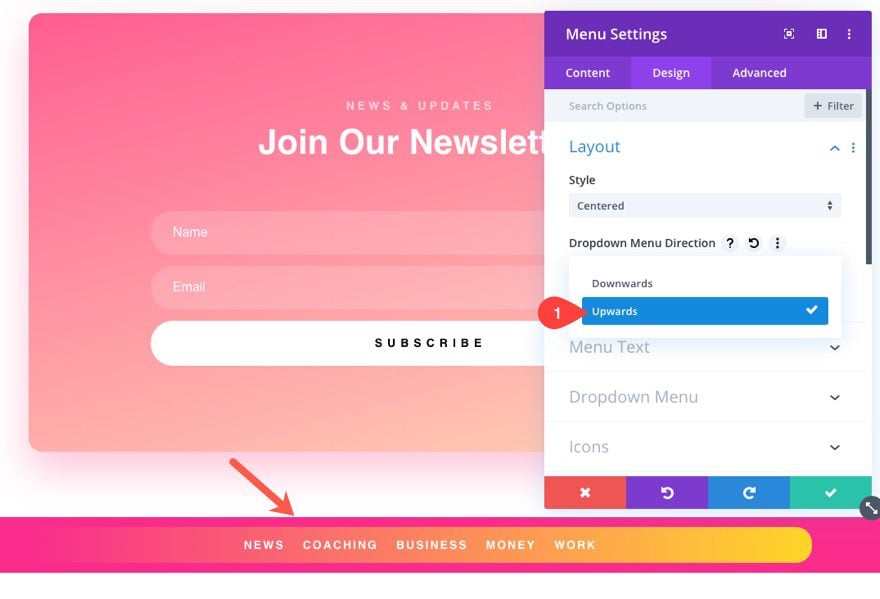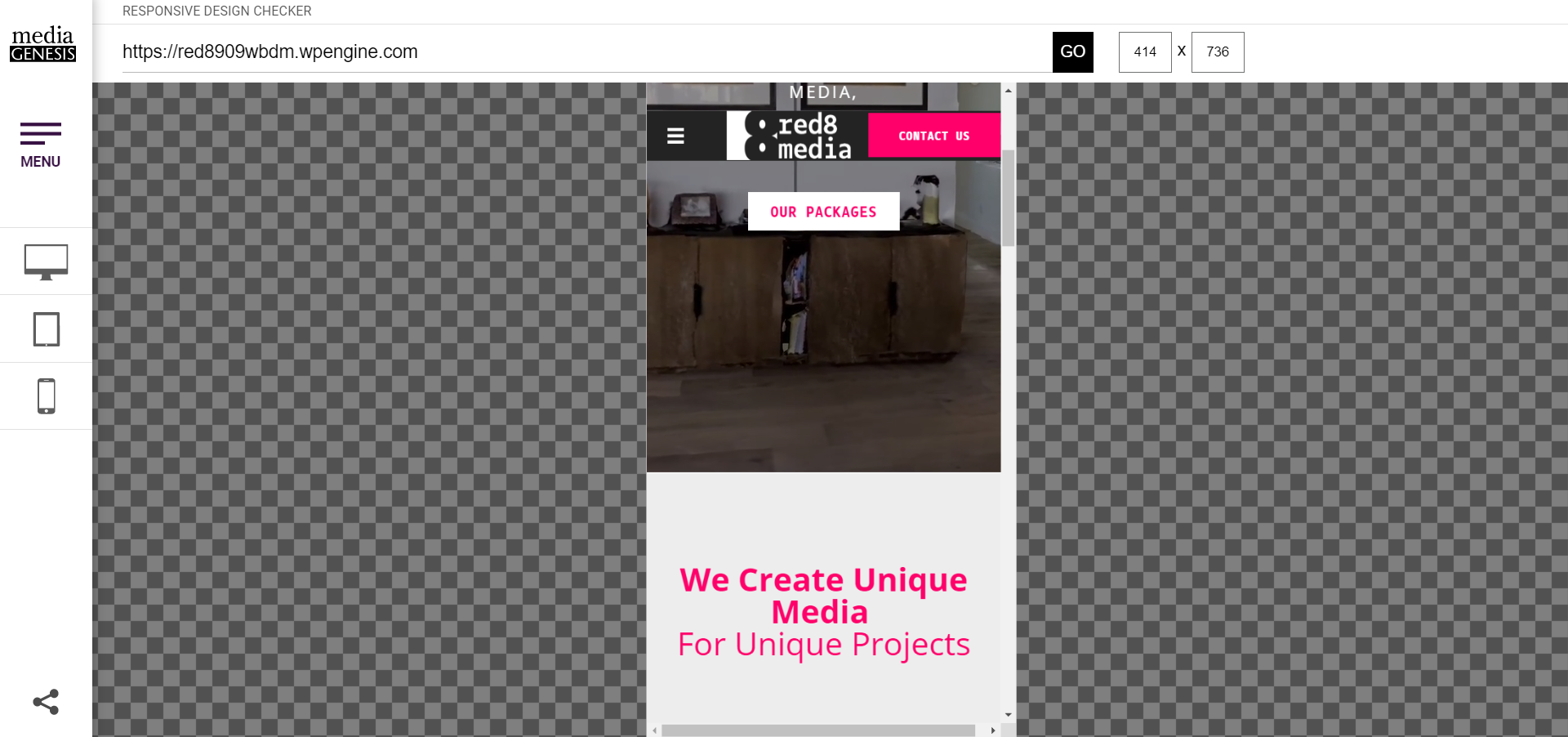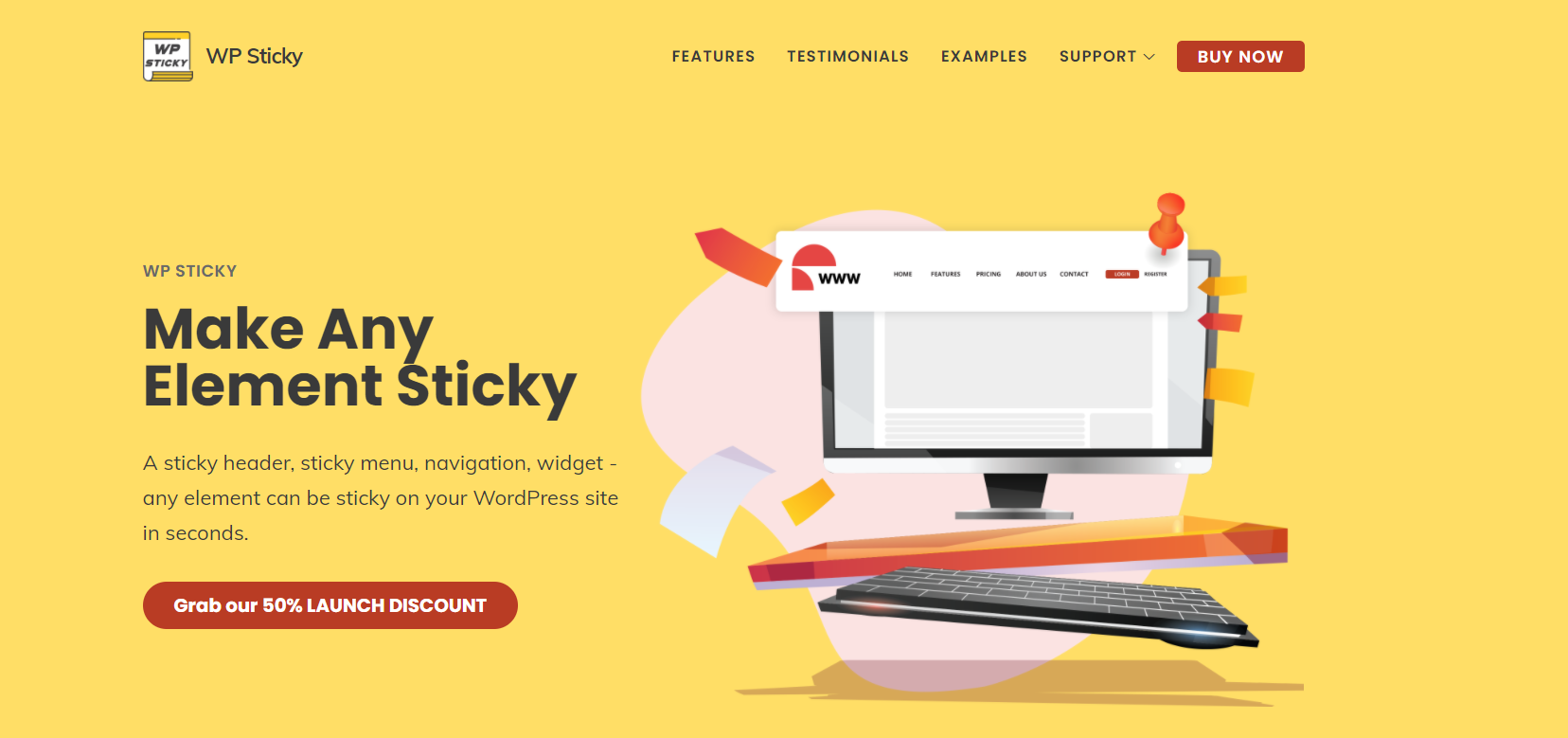
The table header was actually two tables in a div with overflow hidden. The only way I could get it to work was to combine 4 tables and make it look like one. The second is the title of the article and it stays visible at the top of the screen, while the body of the content disappears behind it on scroll (which is the typical sticky. They wanted the header to be sticky and the first column to be sticky. The sticky value of the position property is a mixture of the relative and fixed positioning. There are three sticky elements in our example: The first one is the category header that slides under the body of the article once it reaches the top of the screen. Wauw, isn’t that awesome? No need for JavaScript anymore when you’re building your dynamic fixed headers. Solutions with the CSS position property. A stickily positioned element is treated as. Sticky Container is the HTML element which wraps the sticky item.

The element will float when the viewport position matches the position definition, for example: top: 0px. Sticky Item is the element that we defined with the position: sticky styles. Initially the element behaves like a normal Relative positioned element. CSS position sticky has two main parts, sticky item & sticky container. When a element is positioned as sticky with CSS3, a threshold value is also added along it. The element is treated as relative positioned until it crosses a specified threshold, at which point it is treated as fixed positioned. Sticky positioning can be thought of as a hybrid of relative and fixed positioning. Sticky positioned elements is a combination of relative and fixed positioning. Sticky positioning is a hybrid of relative and fixed positioning. Theres position fixed in a cloned header, full JavaScript.

Grid auto-placement will place our items in source order and so the header goes. We then create a single column grid layout with three rows, one row for each part of our layout. wrapper has a minimum height of 100 which means it is as tall as the container it is in. Position sticky isn’t a new thing, but the support is now so great that I started to use it, so what’s position sticky? Before using react-sticky, check to see if the browser support and restrictions prevent you from using position: sticky, as CSS will always be faster and more. There is a plethora of options available when trying to solve the sticky table header problem. In the above example we achieve the sticky footer using CSS Grid Layout. You can accomplish this with four lines of code. I confirmed that position: sticky uses the visual viewport for non-Safari Webkit browsers: Chrome Firefox Opera Samsung Internet Based on this, I would expect the onus to fall on the Safari team to show that they have the correct interpretation of the the CSS spec. The element seamlessly participate in the flow of the document as well as sticking to the window once you scroll past it without causing a sudden jump. The convenient thing about position: sticky is that the browser is doing all the heavy lifting for you. This technique comes with a few and (somewhat) obvious pitfalls: a) the element is not participating in the document flow causing a jump once it becomes sticky, and b) potential performance degradation as a result of continuous repaints and callbacks due to scroll event (you might be able to handle performance issues by using techniques such as throttling, debouncing ( ) or even Intersection Observer ( )).


Javascript listens for scroll events and the element’s position in the document, and once the math adds up you add a class of, say, “sticky”, which will appoint position: fixed to the element causing it to stick according to your instructions.Ī rather complex and carefully choreographed technique for something (that ought to be) fairly straightforward. Before (modern) browsers introduced a native solution, we had to resort to faking sticky behaviors (e.g., for headers, sidebars etc.) using javascript and position: fixed. It is positioned relative until a given offsetposition is met in the.
. A sticky element toggles between relative and fixed, depending on the scroll position. Telling an element to behave both stickily and static in the browser window is somewhat challenging.

 0 kommentar(er)
0 kommentar(er)
